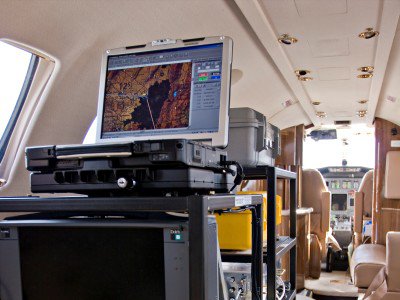Application of the Stress Field Detection (“SFD®) Method
Geophysical exploration methods focus on assessing and mitigating exploration risks associated with such factors as trap configuration, reservoir quality and seal integrity. The inherent non-uniqueness of geophysical data and models demands that multiple independent datasets be used to develop integrated, geologically consistent earth models, which aid in mitigating technical risk. No single geophysical method alone, however, can satisfactorily address the non-uniqueness of the earth model.
Geological risk mitigation is accomplished when several independent geophysical datasets such as seismic, gravimetric, magnetic, and controlled-source electromagnetic (CSEM), are used in conjunction to reduce the number of possible models. The acquisition of SFD® data for use with other geophysical, geological and engineering information can serve as a fundamental step in assessing whether lead areas are then elevated to prospects. The use of SFD® in this complimentary manner can aid significantly in risk reduction.
In petroleum exploration, the major criteria assessed include source, migration, trap, reservoir, and seal. SFD® reacts to the anomalous density and stress conditions evident in areas with a combined presence of trap integrity (trap existence, reservoir quality and seal presence).

The SFD® survey system is very compact, versatile and rapidly deployed – here it is on board a Citation 560 survey jet.
The SFD® survey system is completely self-contained and utilizes multiple sensors, flying at an altitude of roughly 3,000 metres (10,000 feet) and a speed of approximately 480 km/h (300 mph). A standard SFD® survey is normally flown in a grid pattern and is designed to detect anomalies with a linear extent of between 2 km to 20 km. Anomalous areas which are identified during the SFD® interpretation are assigned a relative ranking, indicative of the trap and reservoir potential. The resulting prospect-scale leads with trap integrity are fundamental for increasing commercial success.



